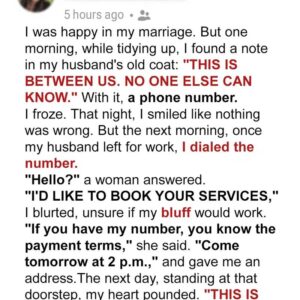Disclaimer: Any opinions expressed in the following article belong solely to the author and do not reflect or represent Dailypositive24.
The Grammys is one of the biggest nights in music, celebrating the achievements of artists, producers, and songwriters. However, this year, the focus shifted from the awards and performances to an unexpected source—Bianca Censori, Kanye West’s wife, whose outfit choice overshadowed the entire event.
As soon as she arrived on the red carpet, all eyes were on her. Clad in a black fur coat, she posed alongside West before removing it to reveal a sheer, nearly transparent dress that left little—if anything—to the imagination. Within minutes, social media erupted, debates ignited, and the awards themselves became an afterthought.
Censori has become known for her provocative fashion choices since marrying West, often opting for outfits that challenge conventional norms. While personal expression and pushing boundaries in fashion are nothing new, there is always a question of what is appropriate for certain events. The Grammys is a prestigious occasion meant to celebrate musical talent, yet her outfit became the most talked-about moment of the night.
Some have speculated that her wardrobe decisions are influenced by West, with rumors swirling about the extent of control he may have over her public persona. However, without concrete evidence, those theories remain just that—speculation. What is undeniable is that she attended one of the biggest nights in entertainment, yet rather than being there for the music, she became the biggest headline for her attire alone.
Controversial outfits on the red carpet are nothing new. Who can forget Lady Gaga’s infamous “Meat Dress” at the 2010 MTV Video Music Awards? Or Rihanna’s daring “Naked Dress” at the 2014 CFDA Fashion Awards? Fashion statements, even provocative ones, have always been part of celebrity culture. But there’s a distinction between making a statement and turning an industry event into a personal spectacle.
While self-expression is a fundamental right, the question remains: should there be a limit to what is considered acceptable at high-profile events? Celebrities wield significant influence, and with millions watching, their choices set an example—intentionally or not. Censori, with over 70,000 followers on Instagram, is not just a public figure but also a role model, and her decision to wear an outfit that blurred the lines between fashion and public indecency sparked important discussions.
Some argue that attending an event like the Grammys should come with an understanding of the occasion’s decorum. After all, Censori is not a musician, producer, or industry figure—she was invited as West’s wife. Had she not been married to him, she likely wouldn’t have been there at all. This raises concerns about using such an event as a personal platform for attention rather than celebrating the art of music.
The broader conversation here is whether award shows should implement dress codes or guidelines to prevent similar incidents in the future. At a time when social norms continue to evolve, the idea of banning someone from an event based on their attire may seem extreme, but it does raise an important point—where do we draw the line?
The Grammys has long been a stage for artistic expression, but should that extend to attire that essentially disregards any standard of appropriateness? If no boundaries are set, what precedent does that create for future events?
Ultimately, the question isn’t just about Bianca Censori or her outfit. It’s about what is deemed acceptable in spaces meant to honor talent and hard work. When the biggest talking point from an event meant to celebrate music is a sheer dress, perhaps it’s time to rethink where we’re headed.





